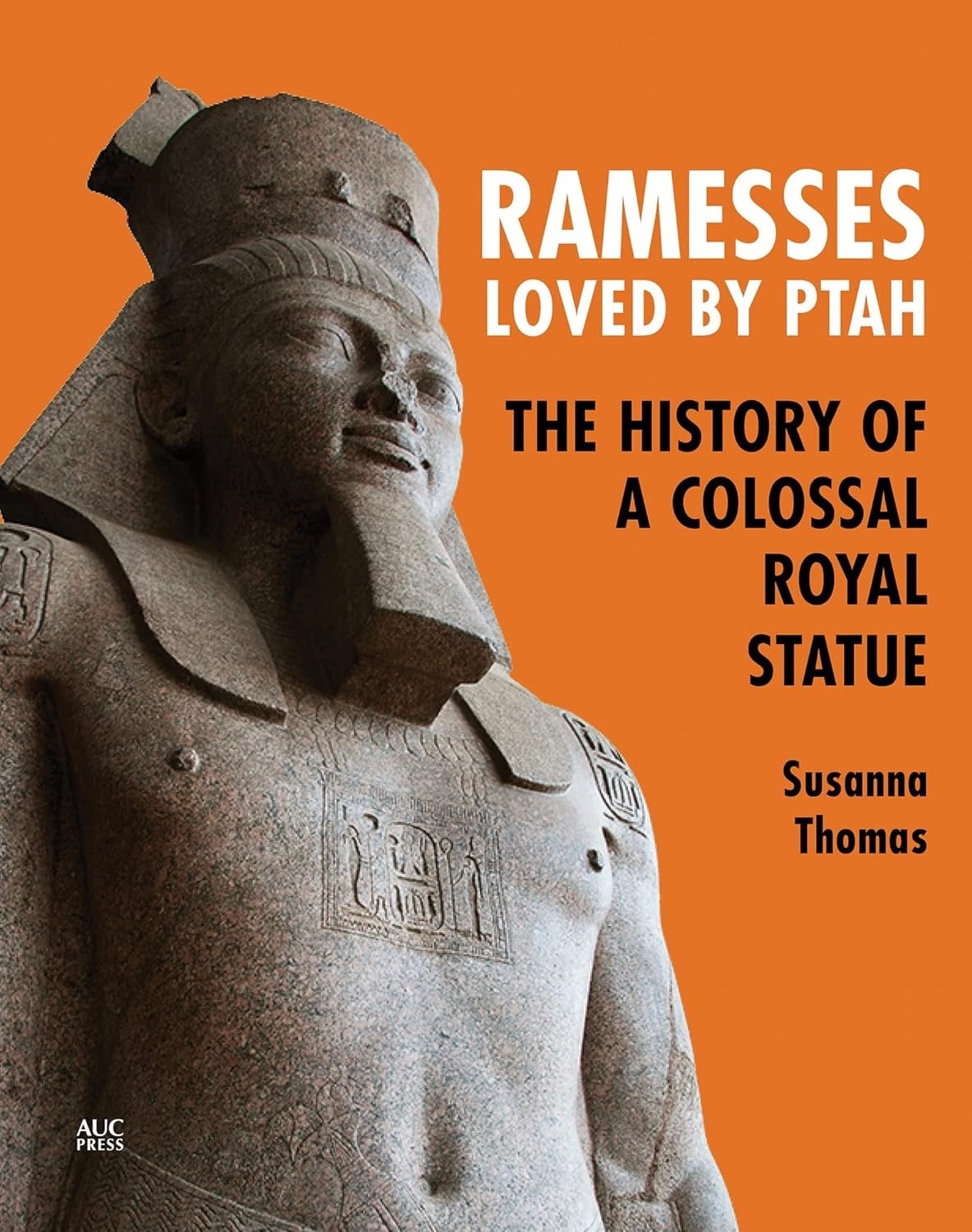
Ramesses Loved by Ptah: The History of a Colossal Royal Statue
Nurtilek Abdimalikov
Susanna Thomas.
AUC Press, 2022.
“The functions of statues ... were to act as representations, to be a substitute for who they were representing and also to act as a physical host for various non-physical or spiritual aspects of the entity so that they could be present and participate in rituals.”
—From Ramesses Loved by Ptah
You may also be interested in...

In the Aftermath of Rome's Collapse, These Communities Shaped the Mediterranean
Three regions of the post-Roman Mediterranean, from 400 CE to 1000 CE—the Latin West, Byzantium and the early Islamic world—are the focus of this work.
Ancient Egyptians Still Have Things to Teach Us
Socrates and other Greek thinkers admired Egypt for its philosophical tradition. This new translation of a manuscript as old as the pyramids shows us why.
Dissolved Monopoly’s Legacy Hinges on How India Honors Its Political Architecture
From the first fortified trading post in northeastern India, historian Rosie Llewellyn-Jones tracks the physical changes wrought by the English East India Company.